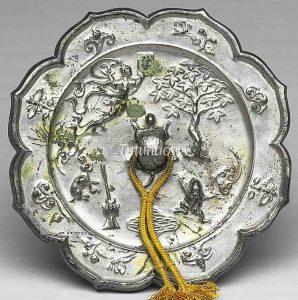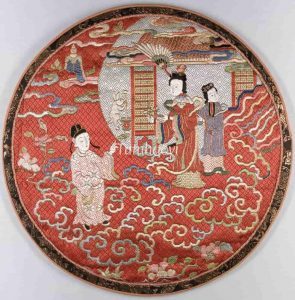Showing Results Containing
In Chinese culture, the Mid-Autumn Moon Festival is related to the legendary fairy Chang E, the Moon Goddess. We often see a hare, her loyal companion, and an osmanthus tree in the picture with her against a background of the Moon Palace. However,...
In an ancient Chinese book, The Huainanzi (淮南子 The Discourses of the Huainan Masters), compiled around 139 BCE, there was a legendary story about a fairy lady, Continue Reading
This scene was from a popular play ‘The Story of the White Hare’ (Bai Tu Ji 白兔记) and was much admired during the Ming dynasty.
Liu Zhiyuan 刘知远, the hero of the play set during the turbulent Five Dynasties (907–960), became an orphan when he was a teenager. His affluent neighbour looked after him and later...
The Mid-Autumn Moon Festival falls on the night of full moon in the eighth lunar month. Chang’e, the Moon Goddess, is usually associated with this family-union occasion, together with the festival food – the moon cake (月饼). A legend recorded in an ancient Chinese book, The Huainanzi (淮南子 The Discourses of the Hu...
The osmanthus tree prominent in the Moon Palace came to be a symbol for elite talents in the Jin dynasty 晋朝 (265-420). In around Tang dynasty (618-907), ‘plucking a s...




